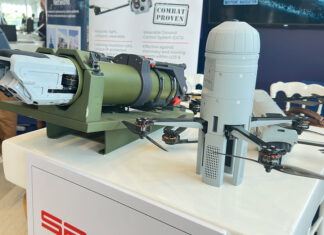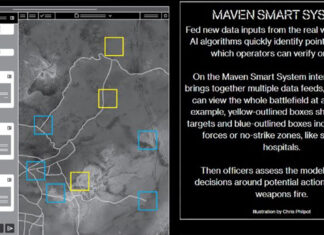Four system integrators were selected by the U.S. Navy Space and Naval Warfare Systems (SPAWAR) to develop cyberspace operations systems for the U.S. Navy, supporting the tactical, operational and strategic levels. The four include General Dynamics Advanced Information Systems, (GD-AIS) Science Applications International Corp. (SAIC), Northrop Grumman Systems Corp. and Booz Allen Hamilton, Inc. At its preliminary phase, the program addresses architecture assessment, examination, and demonstration, assessing operations requirements and analysis, concept formulation and development, feasibility demonstrations and operational support. Further phases include software design and implementation as well as systems integration, test and evaluation and demonstration. Total contract value awarded for the first 12 months is worth $311 million, with future Increments expected to bring the program’s value to about one $ billion over the next three years.
The command is working with the other services, to develop joint electromagnetic spectrum operation plan to ensure networks compatibility with these new capabilities, enabling the different forces and elements to operate within a spectrum in which maneuver space is restricted not only by adversary and competitor, but also by the expanding commercial enterprise allotment of radio-frequency bands. “The sheer number of radio frequency users proves that it is not enough to be able to defend ourselves from kinetic and directed network attacks, but we must be able to secure our network operations that take place over the air.” VADM Bernard J. McCullough, III, Commander, Fleet Cyber Command said.
One of the main challenges in developing future cyber warfare capabilities is the coordination of future operations among the different participating elements, within other commands and services sharing the network, grid or spectrum. “Coordination across domains is critical. Efforts to secure one system or provide a network defense must be coordinated to prevent unintentional interference with friendly systems.” Says VADM McCullough. Cyber Command is also the Navy’s operational authority on Electronic Warfare (EW) and electromagnetic spectrum operations. Among these, the command coordinates the operational aspects of airborne Electronic Attack platforms such as EA-18G Growler aircraft and shipboard SLQ-32 jammer systems, to prevent unintentional interference with friendly systems.
Cyber operations are to be managed by the Fleet Cyber Command, recently established with the 10th fleet. The new formation is responsible for the operational security of the naval segment of the Global Information Grid, to detect network threats and secure network responses. It is also responsible for the Navy cryptologic operations. Cyber Command is also responsible for the fleet’s global cyberspace operations, to deter and defeat aggression and to ensure freedom of action to achieve military objectives in and through cyberspace.



















